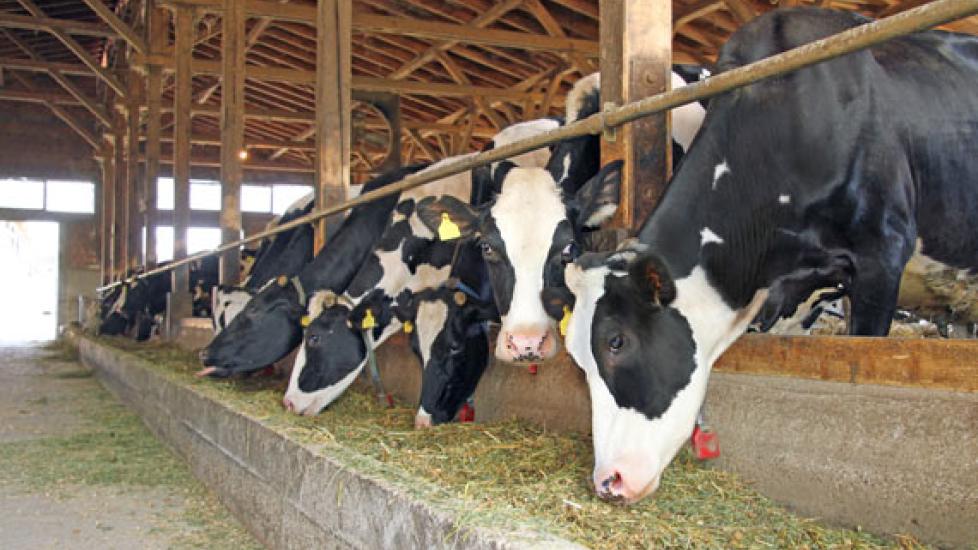The Argument over Antibiotics
As a medical professional, I use antibiotics. In fact, I use them every day. I prescribe them to horses, beef and dairy cattle, sheep, goats, pigs, llamas and alpacas. These drugs have fun names like Tetradure and Nuflor and Spectramast. Most are injectable, but some are pills that are fed or put down the throat of an unwilling bovine with a tool called a "balling gun." A common horse antibiotic is usually given orally as a powder — hidden sneakily in some molasses for those crafty and oh-so-suspicious equines. And then there’s the old, comfortable standby: penicillin.
Lots of people blame agricultural use on the growth of antibiotic resistance, but the over-prescription and over-use of antibiotics on the human side is also to blame. No one in this argument is innocent, but there is a lot of finger pointing, with no one wanting to take responsibility as to who, exactly, is causing all this antibiotic resistance. The fact is we all are.
Here are some facts. In agriculture, certain antibiotics can be fed to livestock for what is called "production purposes." Some time ago, people began to see that livestock that were given antibiotics at a low level would gain weight faster than animals not given these same antibiotics. Now there are livestock feeds manufactured with low (also called subtherapeutic) levels of antibiotics for use in beef cattle, swine and poultry to aid in weight gain. This has been going on for decades and is a large part of the livestock industry in this country.
In 1987 the Institute of Medicine conducted a review of the human health risks associated with the subtherapeutic use of penicillin and tetracycline in animal feed. Although this committee only looked at data from Salmonella infections that resulted in human death, the committee could not find direct evidence that subtherapeutic use of penicillin or tetracycline in animal feed posed a human health hazard.
In contrast, in 1997 the World Health Organization (WHO) gathered a panel of experts to re-examine this question and concluded that all uses of antimicrobials lead to the selection of resistant forms of bacteria.
Since then, there have been hundreds, if not thousands of other studies and reviews and committees held to examine this problem. Some conclude that subtherapeutic levels definitely cause an increase in resistance; others say there is no direct substantial evidence.
Members of the public and media outlets seem to pick and choose whichever studies fit their needs. I’m not trying to be negative here, just as honest as I can be with the knowledge I have. To me, it seems like everyone is to blame.
I do not work at feed yards and do not prescribe feed that contains antibiotics for productive claims. These feeds can only be bought under something called veterinary feed directives (VFDs), so there is at least some sort of veterinary oversight in administration of these feeds, however minimal. Additionally, there are plenty of antibiotics that are allowed nowhere near food animals for two good reasons:
- It causes harmful residues in edible tissues that can make it into the food chain.
- We want to protect a handful of antibiotics for human use only.
As such, this is a sticky place for us food animal vets to reside. On the one hand, yes, antibiotic resistance scares me and I know it’s a real problem. On the other hand, how do you tell a farmer making his living that he can’t use feed with tetracycline in it anymore when it helps his animals to gain weight, which increases his profit margin, therefore putting food on his table?
The best thing I can do is try to explain to people that it’s not just the beef industry, or the poultry industry, or the whomever-you-want-to-pick-a-fight-with industry that’s the only problem. We all have a stake in this, so we all must take responsibility. Don’t take antibiotics just because you have the sniffles, and I won’t prescribe antibiotics to a goat just because he "doesn’t seem right." You do your part and I’ll do mine and we’ll wait to see what happens next.

Dr. Anna O’Brien
Image: branislavpudar / via Shutterstock
